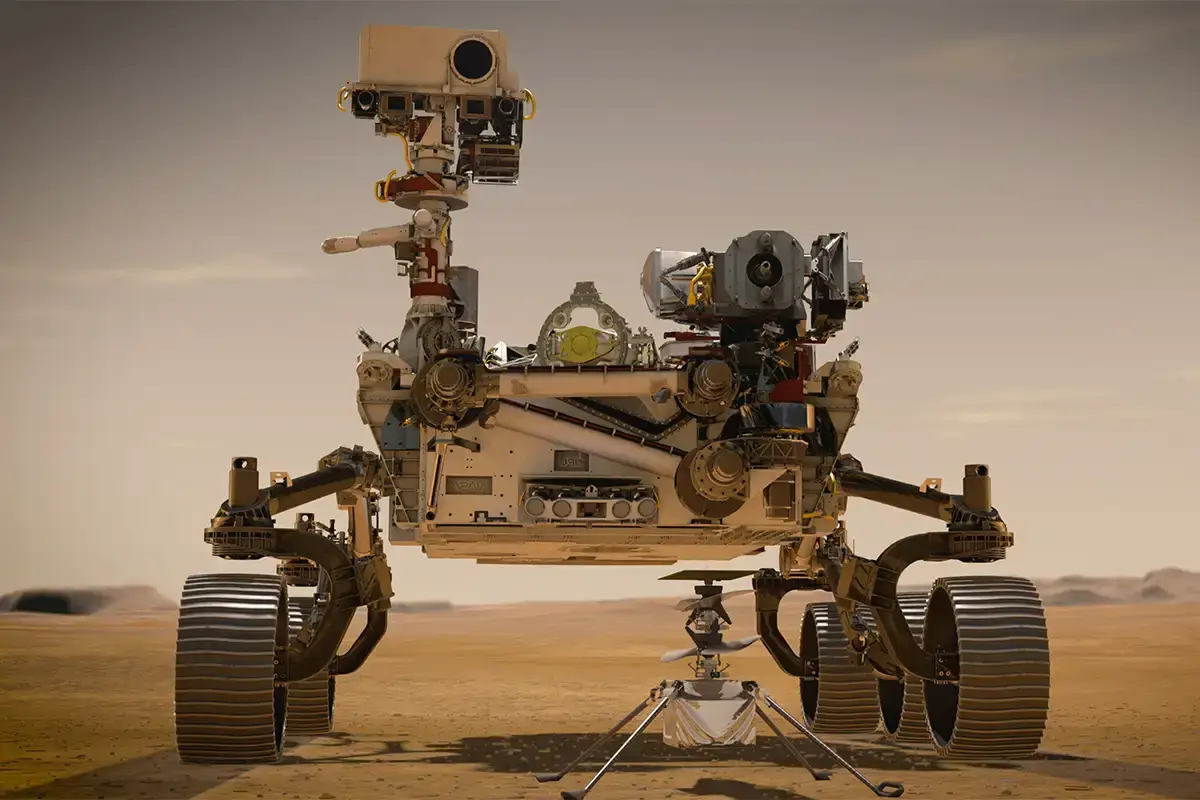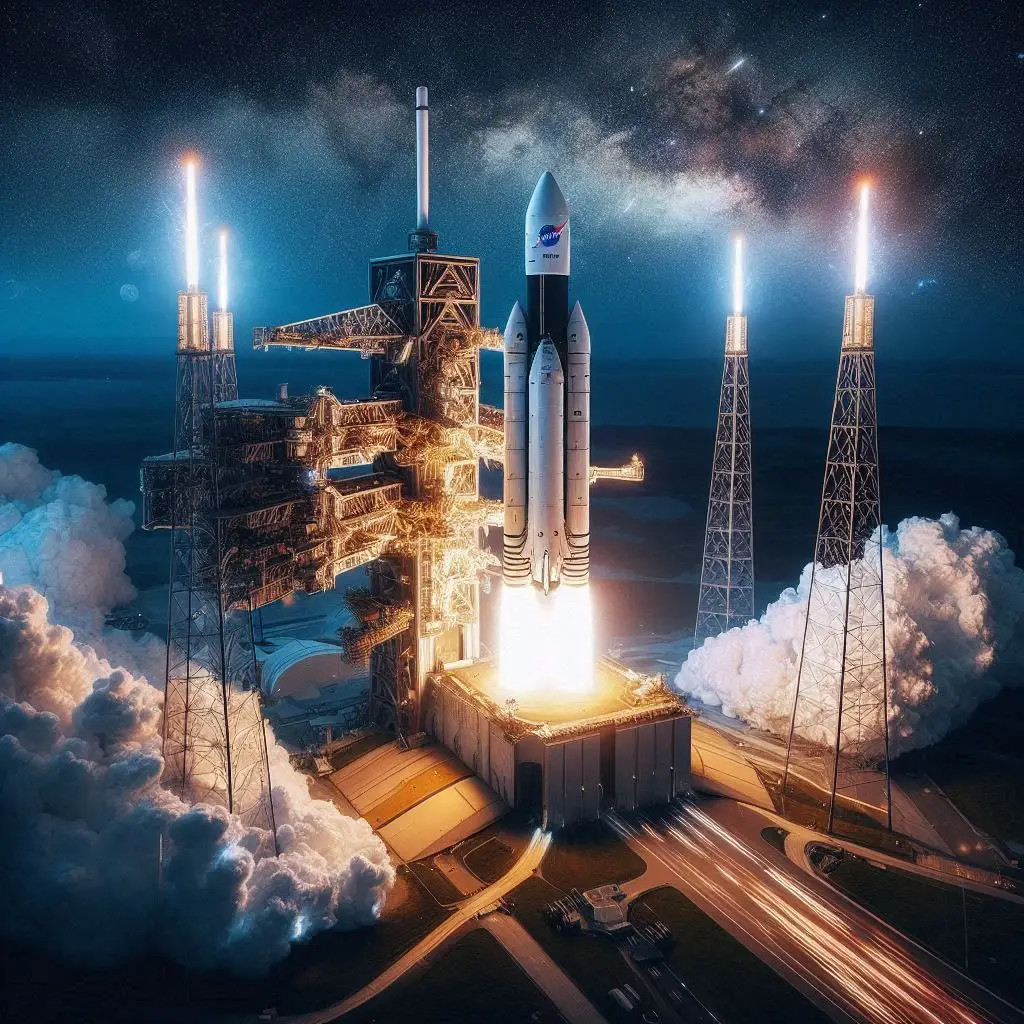Introduction
NASA scientists are embarking on a groundbreaking mission to study air quality over the Gulf of Mexico. Led by experts from NASA's Goddard Space Flight Center and the University of Maryland, Baltimore County, this project aims to better understand pollutants like nitrogen dioxide (NO2) and methane (CH4) emanating from oil and gas drilling platforms in the region. By taking measurements both from the sea surface and from space, researchers hope to gain new insights into air quality dynamics and refine satellite-based monitoring techniques.
Exploring Nitrogen Dioxide Pollution
Nitrogen dioxide (NO2) is a primary pollutant of concern due to its role in forming ground-level ozone, which can have adverse effects on human health and the environment. With the Gulf of Mexico being densely populated with oil and gas drilling platforms, it serves as an ideal location to study NO2 emissions. Scientists aboard the research vessel Point Sur, operated by the University of Southern Mississippi, are conducting ship-based measurements to validate data collected by satellites orbiting above.
Validating Satellite Data
In previous iterations of the project, researchers compared ship-based measurements with data from satellites like NASA's Aura and ESA's Sentinel-5 Precursor. These satellites provide valuable insights into NO2 concentrations but have limitations in capturing short-lived emissions. The introduction of the TEMPO instrument, launched in 2023, offers a new perspective with its geostationary orbit, allowing for continuous monitoring of North America and the Gulf of Mexico region.
Surface vs. Satellite Measurements
While satellites provide a comprehensive view of NO2 concentrations across the atmosphere's total column, surface measurements from ships offer a more localized perspective, focusing on the air people breathe. By comparing surface data with satellite observations, scientists aim to enhance the accuracy and effectiveness of satellite-based monitoring systems, ultimately improving our understanding of air quality dynamics.
Expanding Research to Methane Emissions
In addition to NO2, researchers are investigating methane (CH4) emissions from Gulf Coast oil and gas operations. Methane is a potent greenhouse gas, and its accurate measurement is crucial for assessing its impact on climate change. To complement surface and satellite measurements, NASA will deploy the Airborne Visible and InfraRed Imaging Spectrometer–3 (AVIRIS-3) instrument on a Dynamic Aviation B-200 plane to collect methane data from the atmosphere above the Gulf.
Conclusion
The SCOAPE II project represents a collaborative effort between NASA, academic institutions, and research organizations to advance our understanding of air quality over the Gulf of Mexico. By combining surface measurements with satellite observations, scientists aim to refine monitoring techniques for pollutants like nitrogen dioxide and methane, ultimately contributing to informed decision-making and environmental stewardship efforts. As the research continues, the insights gained from this project will play a vital role in safeguarding human health and the environment for generations to come.









Add a Comment: